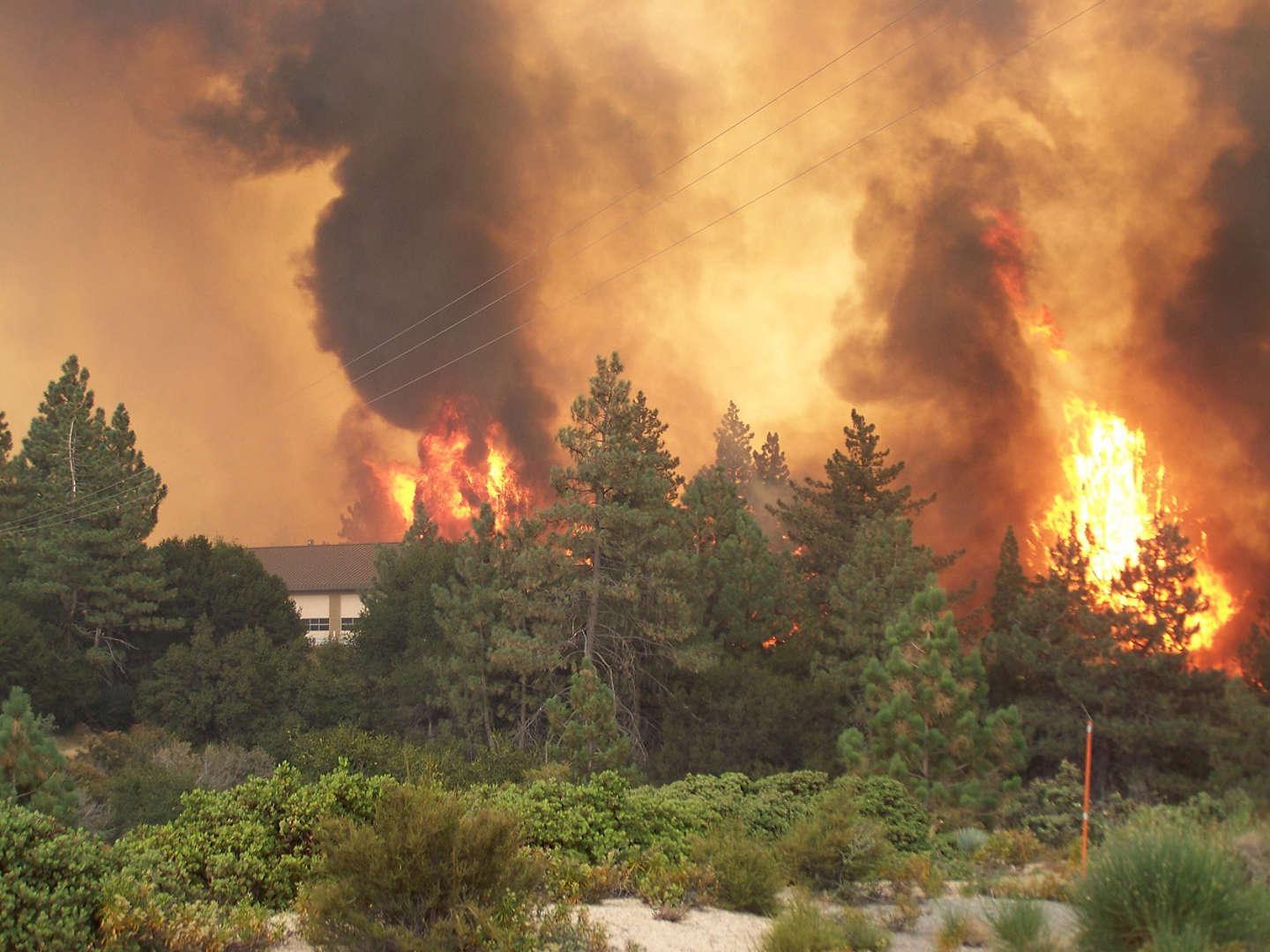The Post Fire has consumed over 15,600 acres northwest of Los Angeles. Strong winds fueled the fire’s rapid spread along Interstate 5.
Authorities evacuated over 1,000 people from the affected areas. This wildfire represents a significant threat to both property and air quality in the region.
Wind-Driven Flames Defy Containment Efforts
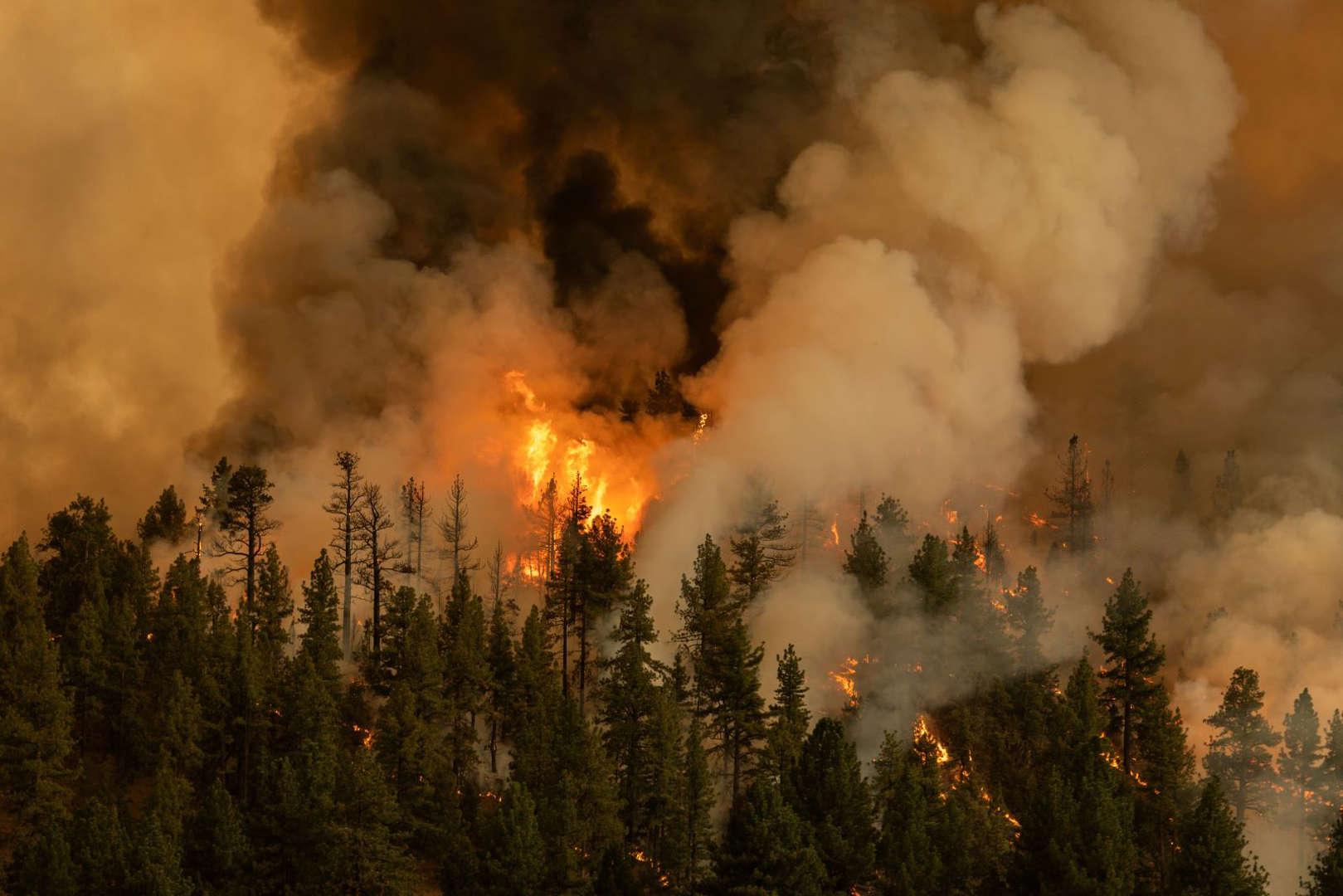
Strong winds have propelled the wildfire, making containment challenging. California experiences an average of 7,000 wildfires annually.
Wind speeds in the affected area reached up to 30 mph, exacerbating fire conditions. The fire’s rapid spread underscores the dangerous combination of high winds and dry vegetation.
Dry Conditions Amplify Fire Intensity
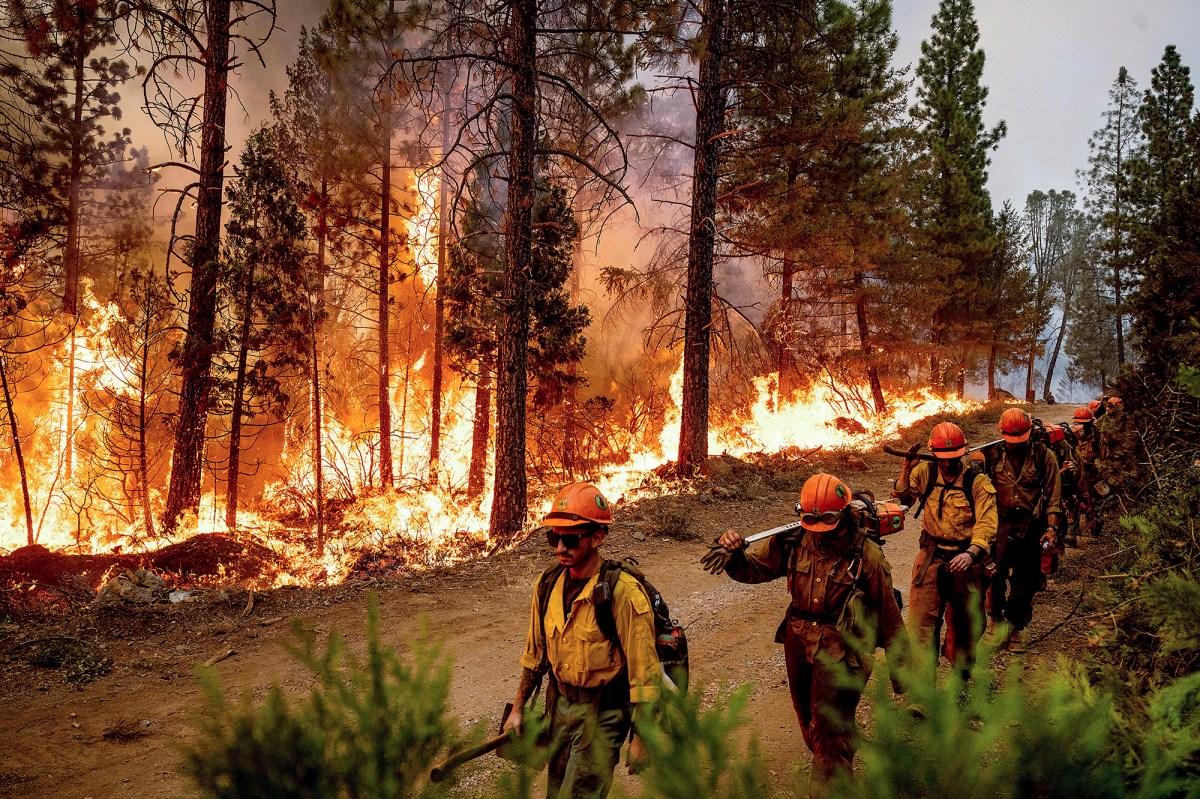
California’s dry grasses have significantly increased the fire’s intensity. The state has faced severe drought conditions, with 2020-2021 being the driest two-year period on record.
Dry vegetation acts as fuel, allowing fires to spread quickly and burn hotter. These conditions have made firefighting efforts particularly challenging.
Smoke Plume Affects Nevada’s Air Quality

Smoke from the wildfire traveled 225 miles northwest across the Mojave Desert. This smoke plume severely impacted air quality in Nevada.
Officials issued alerts for vulnerable populations to stay indoors. Poor air quality can have serious health implications, especially for those with respiratory conditions.
Post Fire: Origin and Rapid Growth

The Post Fire ignited on Saturday afternoon in Gorman, California. It quickly grew from 4,400 acres to over 15,610 acres in just two days.
The fire’s rapid expansion showcases the volatile nature of wildfires in the region. Cal Fire reports that the cause of the wildfire remains under investigation.
Multi-County Response to Wildfire Threat
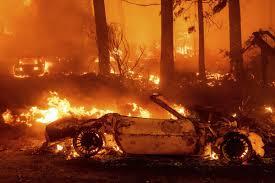
The fire has affected both Los Angeles and Ventura counties. Over 1,000 firefighters from multiple agencies are battling the blaze.
This coordinated response demonstrates the scale of resources required for large wildfires. Interagency cooperation is crucial in managing such extensive fire events.
Property Damage and Evacuation Orders
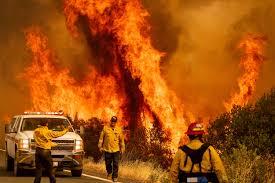
At least two structures have been destroyed by the fire. Authorities estimate that 60 more structures are at risk.
Officials evacuated 1,200 people from the Hungry Valley recreation area. The potential for property damage highlights the serious economic impact of wildfires.
Containment Efforts Show Limited Progress
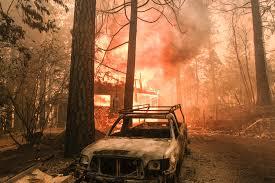
Firefighters achieved 8% containment of the Post Fire initially. By Tuesday, containment had increased to 24%.
However, challenging weather conditions continue to hamper efforts. The average time to contain a large wildfire in California is about 30 days.
Weather Conditions Hinder Firefighting Efforts
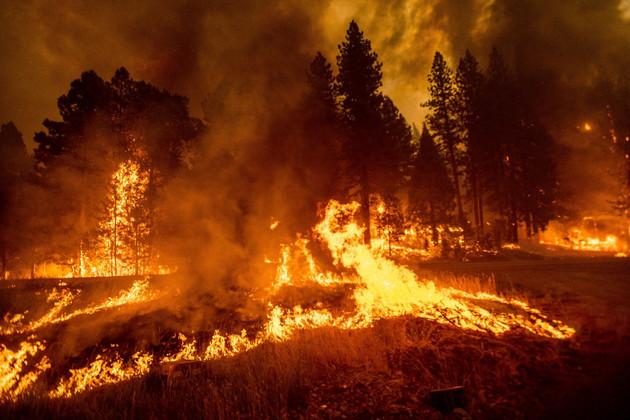
Strong winds, high temperatures, and low humidity persist in the area. These conditions are expected to continue, complicating containment efforts.
California’s fire season has grown longer due to climate change. The state now experiences an average of 78 more days of fire season compared to the 1970s.
Closure of Popular Recreational Areas
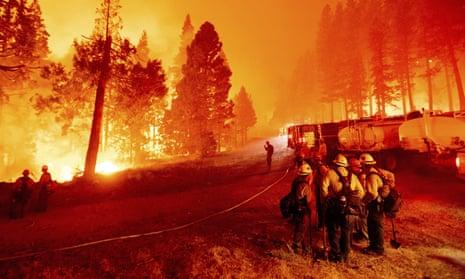
Authorities closed Pyramid Lake, a popular boating destination. This closure, 25 miles northwest of Santa Clarita, affects weekend recreation.
Such closures are necessary for public safety during wildfires. In recent years, California has seen an increase in recreational area closures due to fire risk.


